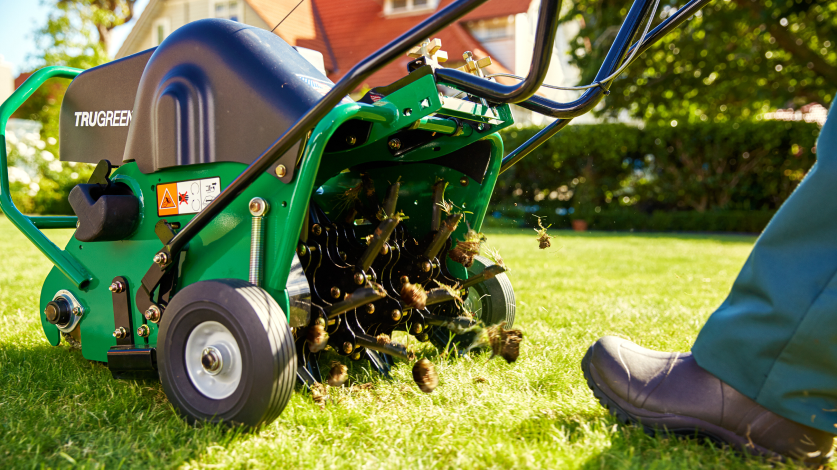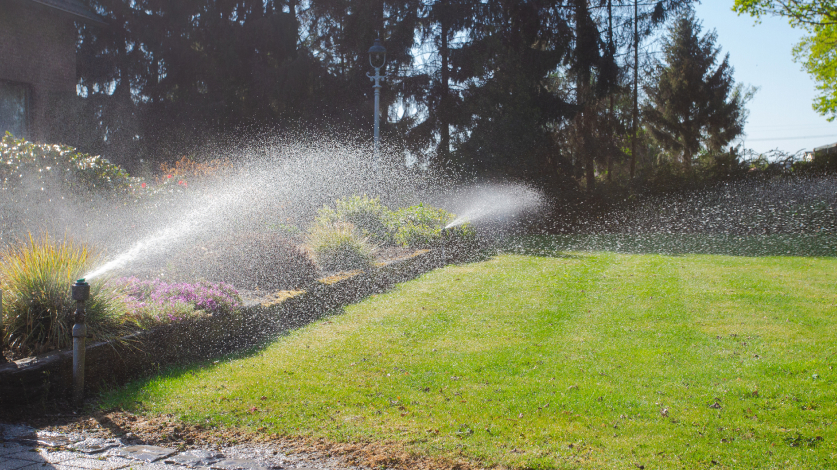Let’s be real: Lawn care isn’t something that’s one-and-done with a weekend’s worth of hard work. It’s an investment, and like all investments, it takes a bit of time and commitment to get results. Of course, you have TruGreen® to do the bulk of the work for you (and honestly, we’re thrilled to do it). But to get the absolute most out of your TruGreen lawn care services, a bit of maintenance is needed between scheduled visits. Namely: Regular mowing.
While mowing the lawn is often seen as a mindless-yet-necessary chore, doing it properly is essential. Cutting the grass too short can result in scalping the lawn — which could ultimately set your lawn care goals back. We’re here to help avoid that potential problem. Ahead, we’ll teach you what you need to know about lawn scalping, including what it is and why it could be a problem. You’ll also learn a bit about mowing best practices so you can protect your investment between scheduled TruGreen visits. Keep reading to learn when to mow — and when to let it grow.


 Branch Finder
Branch Finder













 Back to all blogs
Back to all blogs

Facebook
X
Youtube
Copy Link
Email